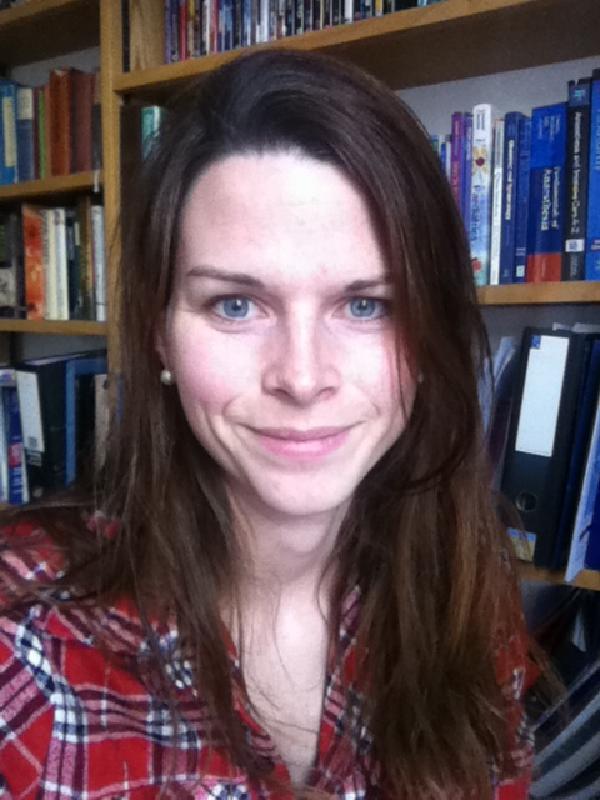Developing routine collection of high-quality clinical photographs of the eye
My Topol fellowship problem / project:
COVID-19 highlighted the need for systems to remotely triage and deliver patient care, to mitigate preventable blindness. Patients with eye emergencies often attend their GP, optician or A&E. Mostly, these clinicians don’t have the training or equipment to manage these conditions and refer the patients to an ophthalmology unit or team. Currently, when these patients arrive with a printed letter or following a verbal handover, the receiving clinician has no access to prior imaging. This results in potentially unnecessary attendances and repeated investigations. Recent patient feedback has demonstrated increasing dissatisfaction for traditional referral pathways.
In ophthalmology, patients are examined using a slit-lamp biomicroscope, allowing clinicians to see individual cells within the eye. However, we document using freehand sketches, not only a major source of medical error, but losing a huge amount of valuable clinical information that might be needed subsequently to monitor progress or refine a diagnosis. Routine photography is not currently an option; slit-lamp biomicroscopes with cameras are prohibitively expensive, and rarely purchased by hospitals.
We have already proven that high-quality images of the eye can be obtained by attaching modern smartphones to a standard slit-lamp biomicroscope. By combining this with a ‘Bring Your Own Device’ messaging and communication application, I propose to enable the secure, routine collection of high-quality clinical photographs of the eye. Ophthalmology is the largest outpatient specialty, and Moorfields alone sees over 700,000 patients per year. This proposal could mean that each appointment could include clinical photography at virtually zero cost, as well as refining referrals, protecting staff and patients’ time. This innovation can be transferred to any other department globally without the need for expensive infrastructure.
About me
I studied Graphic Design at Central St Martins. During my time there I became interested in visual communication and medical design. Following an internship at the World Health Organisation, I studied medicine.
I am now in my fourth year of Ophthalmology specialty training. As a medical student I found the marriage between medicine and visual interpretation, as well as the surgical precision, appealing. I love working with children and want to pursue paediatric ophthalmology. Recently, the problem-solving mindset I developed as a designer, has led to an interest in digital health, in particular, telemedicine and service design. I recently co-set up an emergency video-consultation clinic and am undertaking projects involving smartphone teleophthalmology. I have a lot of ideas, so am trying to learn to code, so that I can build my own protoypes in the future.
I have continued with design throughout my medical training, producing work for global-health charities, journals, and books. I am co-organising an art exhibition based on visual impairment and patient perspectives at Moorfields in 2021.
In my free time, I really enjoy sport, particularly netball, diving, and have been competing in triathlons since 2016. I completed my first Ironman in 2019 and intend to do a few more in the future.

